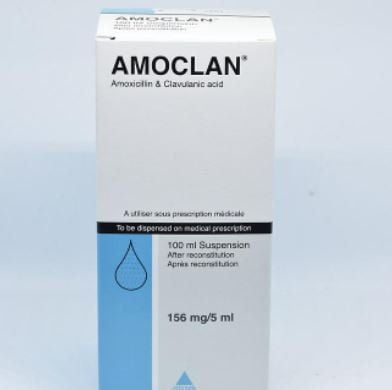Almost all specialists agree that antibiotics should only be used when absolutely necessary and, if possible, the amount of antibiotics taken should be limited. However, in clinical practice, it is not always the case that using just one antibiotic will eliminate the infection. Sometimes, a combination of two or three different antibiotics is needed to effectively treat the condition. Antibiotic combination therapy is necessary in certain clinical situations.
1. Benefits of combining antibiotics
There are many pathogens around us, with different bacterial strains causing various diseases that can damage the same organ. However, in practice, there is no "universal" antibiotic that can eradicate all types of bacteria. Each antibiotic has a specific mechanism and pharmacological effect against certain pathogens. In this case, combining two antibiotics may be more effective than using just one.
Here are two main benefits of combining antibiotics:
- Expanding the spectrum of antibiotic action: Combining antibiotics in treatment can broaden the spectrum against harmful bacteria. For example, pneumonia and respiratory infections are often caused by Staphylococcus, Streptococcus, or sometimes by E. coli or Klebsiella. If only β-lactam antibiotics are used, they are effective primarily against Staphylococcus and Streptococcus. However, if combined with Aminoglycosides, the effectiveness will increase and target intestinal bacteria as well. This combination is particularly useful if the specific bacteria causing the infection have not yet been identified.
- Enhancing the pharmacological effect: In some cases, combining antibiotics can significantly increase their pharmacological effect. For example:
Sulfamides inhibit PABA competition, leading to a reduction in dihydrofolate synthesis, which is essential for DNA synthesis.
Trimethoprim inhibits the enzyme dihydrofolate reductase.
When these two antibiotics are used together, their pharmacological effect is enhanced by 100 times.
2. Disadvantages of combining antibiotics
While combining antibiotics can be effective, it also carries risks. The use of multiple antibiotics can have compounded side effects. For instance:
- Aminoglycosides can cause bloating, nausea, and vomiting.
- Metronidazole can cause fatigue.
When these two antibiotics are used together, the unwanted side effects can intensify, making it difficult for the patient to follow through with the treatment plan.

A more complex issue arises when the two antibiotics used have non-complementary mechanisms. For example, combining Penicillin and Tetracycline to treat meningitis requires caution. Tetracycline inhibits the 30S subunit of ribosomes during protein synthesis but is hindered when used with Penicillin. Therefore, understanding the principles of antibiotic combination and avoiding using antagonistic antibiotics together is crucial.
3. When is it necessary to combine antibiotics?
Currently, most antibiotics are manufactured with high potency and broad-spectrum activity. In cases of mild or moderate bacterial infections, a combination of antibiotics may not be required. However, in more complex situations, combining antibiotics may be necessary:
- Severe infections where immediate treatment is needed before test results are available.
- Hospital-acquired infections involving drug-resistant pathogens (such as pneumonia or post-surgical infections), or mixed infections that require broad-spectrum treatment.
Examples of antibiotic combinations in clinical practice:
- For severe pneumonia, a combination of a β-lactam antibiotic (such as Co-amoxiclav, Cefotaxime, Cefuroxime, or Ceftriaxone) with a Macrolide antibiotic (like Clarithromycin) is recommended because they enhance each other's effectiveness.
- For intra-abdominal infections involving both anaerobic and aerobic bacteria, the combination of Metronidazole with a broad-spectrum antibiotic (such as Gentamicin, Cefotaxime, or Ciprofloxacin) is used to cover all possible pathogens. This is a severe infection that requires proper management to avoid the risk of complications or death.
- For endocarditis, antibiotic combinations are often initiated immediately.
Penicillin and Gentamicin are used together to treat infections caused by enterococci or Staphylococcus. This combination is more effective than using Penicillin alone. - For tuberculosis, combining antibiotics reduces the risk of drug resistance. When Isoniazid is used alone, the resistance rate is 1/106; with Rifampicin, it’s 1/108. However, when both are combined, the resistance rate decreases significantly. To successfully treat tuberculosis, the regimen typically involves two to three antibiotics.

In cases of immune-compromised patients (e.g., those with AIDS or organ transplant recipients requiring immunosuppressants), combining antibiotics can increase the effectiveness of killing bacteria or address infections in difficult-to-penetrate areas like bones, meninges, or the heart.
Antibiotic combination therapy should only be used when it is clear that monotherapy will not be sufficient to treat the infection. Unnecessary use of combinations can lead to adverse interactions, making it crucial to carefully monitor the treatment plan. Always seek professional medical guidance when considering antibiotic combinations.
To arrange an appointment, please call … or make your reservation directly HERE. You may also download the MyVinmec app to schedule appointments faster and manage your reservations more conveniently.













